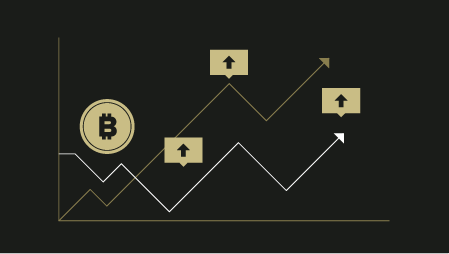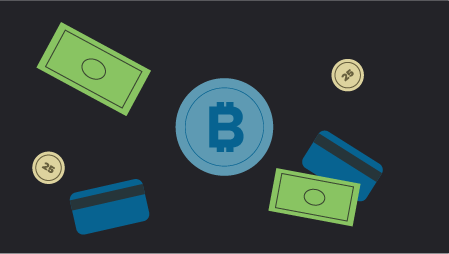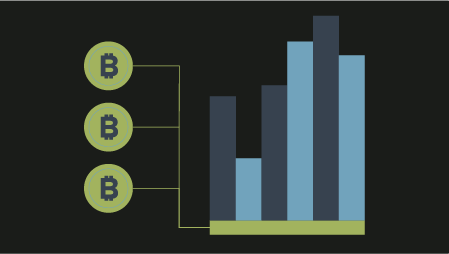Ready to learn Blockchain? Browse courses like Blockchain for Finance Professionals developed by industry thought leaders and Experfy in Harvard Innovation Lab.
With almost no industry untouched by blockchain-mania, what opportunities does the technology hold for the mobile industry? Recognizing the issue, the GSMA has begun to explore the applicability of its Mobile Connect, identity management proposition. And, at this year’s Mobile World Congress, several mobile network operators (MNOs) bandied together to launch a collaborative approach [1].
Before investigating the mobile eco-system opportunity, let’s begin with a brief definition. Blockchain is a technology for distributed databases that support multiple writers. In the context of payments, its early use-case, individuals performing payment transactions are ‘writers’ to the database (or ledger). In practice, the database exists as multiple copies in a distributed architecture, which gives rise to the notion of a decentralized system that no single entity (i.e. individual Central Banks that issue legal tender) controls.
Now, let’s look into the case of two individuals conducting a payment transaction. Their action becomes a new record in the (logical) ledger, subject to a verification process. Managers of database nodes, who hold a copy of the (physical) ledger at a given moment in time, compete with one another to verify the new record as quickly as possible; the first to achieve this gets a reward.
Upon verification, the new transaction becomes the next record in the updated ledger which propagates across the distributed architecture. By design, this arrangement avoids having a central authority to perform the verification, which is one reason why it appeals to users who are wary of the role of Central Banks and policing oversight. The fact that verification can occur at any one of the distributed nodes ensures the integrity of the system of anonymous users; of course, this is subject to the absence of dominance and/or collusion among node managers.
This illustration of a decentralized payments system is not the only situation where blockchain, or distributed ledger technology, is applicable. There is much talk of using blockchain to track the provenance of high-value jewelry, to manage sensor data in smart cities [2] and as a method for inter-organizational record keeping in areas ranging from cargo containers to financial instruments.
The common attributes among these application areas relate to:
- disintermediation (i.e. where individual parties don’t trust one another to share a single database without a trusted intermediary). A central intermediary might over-engineer a database solution leading to higher operational costs and potentially higher barriers to participation for smaller firms; a blockchain alternative would rely on a higher level of participation (fewer restrictions on participating) to drive economies of scale and deliver lower transaction costs.
- a diminution of confidentiality in the sense that all transactions in the distributed database are visible to participants. Even if the identity of participants is masked, successive entries in the database are visible to all participants and hence open to analysis for competitive gain. In a supply chain situation, for example, participants could monitor transaction frequencies (indicator of production and sales), transaction relationships (proxy for market share analysis) and order quantities (supply- and demand-side capacity indicators) if the details of individual transactions are exposed. This example illustrates a blockchain-type of solution functions rather like a ‘leaky-database’.
These two characteristics encapsulate the blockchain trade-off for users; how much do parties wish to gain from disintermediation but at the cost of confidentiality? These characteristics determine the range of practical application opportunities [3].
When we consider the application of blockchain to the telecoms industry, it is difficult to see large-scale disruption of existing operating models. This is because the industry has long-established supply chains and, in 3GPP, a well-functioning and transparent institution that fosters innovation and technology standardization. It is also an industry with a several decades of delivering cost reductions from scale economies. This limits the scope for blockchain to disrupt the established order.
As a solution for processing transactions, it will take some time for blockchain-type approaches to reach the scale and price-points of existing telco-sector clearing houses and (centralized) authentication services. And, that is without factoring the blockchain verification process [4] which constrains its applicability for near real-time and ultra-high volume applications.
This means that the telecoms industry needs to look to other sectors of the economy to develop markets and business opportunities. The GSMA’s Mobile Identity proposition shows how the industry might provide a large-scale, enabling technology that other blockchain eco-systems might use. Another possibility is to provide trusted data on blockchain operational dynamics, highlighting instances where the distributed system becomes concentrated in the hands of a small number of verifiers, for example.
The industry could explore ways to position itself as a value-enhancer for social media and other OTT types of platforms. Consider Facebook’s difficulties, stemming from numerous untrusted information end-points and a centralized vetting system that is susceptible to manipulation. Might there be a role for blockchain or alternative verification and record keeping transparency?
New ways of applying blockchain-type technologies are more likely to succeed than efforts to create outsider-led, decentralization substitutes that seek to disrupt established business relationships and trading models. However, mainstream telcos don’t seem inclined or well-equipped for this kind of challenge [5].
[1] LG Uplus, Etisalat, KT, Telefónica and PLDT to Support the Carrier Blockchain Study Group From
[2] Nokia – Blockchain for smart city service – https://onestore.nokia.com/asset/201997/NOKIA_Sensing-as-a-service_Solution-paper_EN.pdf
[3] Avoiding the pointless blockchain project – https://www.multichain.com/blog/2015/11/avoiding-pointless-blockchain-project/
[4] Blockchain.info – Average Confirmation Time – https://blockchain.info/charts/avg-confirmation-time
[5] Stick or twist? Operators split on whether non-telco services strengthen their hand – https://eurocomms.com/features/analysis/12921-stick-or-twist-operators-split-on-whether-non-telco-services-strengthen-their-hand
Image credit: Kelli Tungay via unsplash.com




